The modern mining industry relies heavily on rock core drilling, a process that entails inserting a drill into the ground to obtain a sample of the rock. This sample is then studied to gain an understanding of the composition and features of the rock, which is beneficial in uncovering potential ore deposits and for gaining a better grasp of the make-up of the earth’s crust. Thus, this act of drilling allows for a wealth of insight that would otherwise remain hidden beneath the surface.
Powered by a rotary bit, a rock core drilling machine is implanted on a rig – a hefty platform that provides aid to the powerful drill while penetrating into the Earth’s surface. The rotation of the bit is capable of breaching a broad spectrum of rock types such as granite, limestone, and basalt to form a borehole. By lowering the drill into this hole, the rock core drilling process is complete.
Once in position, a multitude of instruments can be implemented to procure rock specimens. A commonly utilized technique is the utilization of a diamond core drill to penetrate the rock. This method results in the production of a cylindrical core, which is then extracted from the aperture. Upon extraction, it can be taken to a laboratory for inspection and evaluation, providing information about its makeup and features.
When faced with particularly hard types of rock, a percussion drill is often chosen to break up the formation. This technique leverages a hammering motion to create fragments that can then be collected for further analysis in the lab. While not as exacting as other drilling methods, it does prove helpful in certain contexts.
Aside from the conventional rotary and percussion drills, other methods of rock core drilling can be implemented. Here we have the wireline technique, which relies on cable to bring the drilling process down into the hole, as well as sonic drilling which leverages sound waves in place of traditional methods to split apart the stone.
A distinct set of actions must be taken when undertaking a rock core drilling venture. Firstly, the drill must be safely inserted before casing can be used to line the hole and guard it against the drill. Upon completion, the drill can then be sunk inside the borehole and rock core drilling can commence.
After the drilling process has finished, a sample can be collected and examined in a controlled laboratory setting. This analysis allows researchers to obtain valuable insights into the rock formation, which can subsequently be utilized to uncover potential ore deposits and recognize any remarkable geological patterns.
From mining operations to oil and gas exploration- rock core drilling is an invaluable tool for investigating potential ore reserves and geological formations. Although the process itself is complex, careful preparation, employ of skilled personnel, and the usage of the proper equipment can ensure that drilling is performed both securely and adequately.
The exploration of below-ground rock formations requires specialised equipment to safely and efficiently access the subsurface. Rock core drilling is a process commonly used to acquire cylindrical samples of sedimentary material from various depths. A specialised, diamond-tipped drill bit is rotated at high speed to penetrate the rocks, making it ideal for the mining and construction industries to collect samples for analysis or to excavate passageways into even deeper strata.
An excavation into the rock is initiated using a small-diameter drill bit to form the pilot hole. Subsequently, larger bits are employed to slowly expand the orifice, equipped with specific dimensions to optimize its path-cutting rate and angle while decreasing wear and tear on its tools and the rock itself.
After the initial drill is inserted, the core barrel is lowered into the cavity. This formidable tube is designed to collect the chipped rock sections. Then, with great force, the drill bit turns at a rapid rate- sawing and disrupting the layers of stone until a cylindrical sample is collected. It is then sent up the core barrel, ultimately resulting in an extraction from its deep-set home.
The process for drilling core samples from rocks can be a time-consuming affair. It requires that the bit is regularly supervised to make sure it retains its speed – which is fundamental to preserving the integrity of the sample – and to ensure it is properly lubricated, thus preventing undue wear.
For a vast array of tasks, rock-core drilling proves to be an advantageous choice. Samples of rock can be obtained through this process for examination and investigation, and undergrounds shapes, such as tunnels and mineral excavations, can be formed. Additionally, the construction business makes great use of it when they need to form the base of a construction project or create paths for other activities underway.
Drilling into rock requires with caution. The drill bit must rotate with swiftness, and any unheeded handling could prove perilous. Seeing to it that blow rate is not too aggressive and the core sample remains intact is also essential. Most of all, fastening the core barrel firmly in the opening is vital to guarantee that it does not get unloosed and cause injury.
A core drilling procedure is sought-after for a variety of business operations. Whilst the venture may not be as rapid as other tasks, its utility and safety are significant when security protocols are observed. These measurements can be taken to acquire examples worthy of testing and investigation, as well as tunnel below the surface to enable the formation of a base or assistance to alternate construction assignments. Building companies frequently draw upon its utilization too.
Related Product
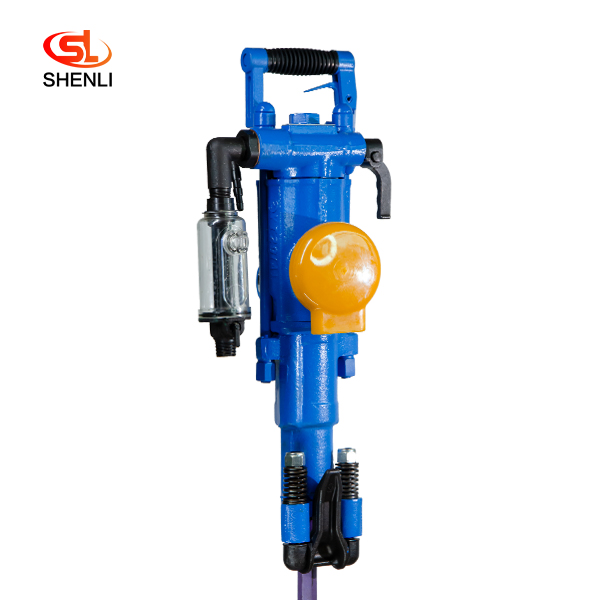
YT29A Air Leg Pneumatic Rock Drill Pusher Leg Rock Drill
YT29A air-legged rock drills are heavy-duty push-leg (air-legged) rock drills with low energy consumption, which are more suitable for drilling horizontal or inclined holes in medi […]
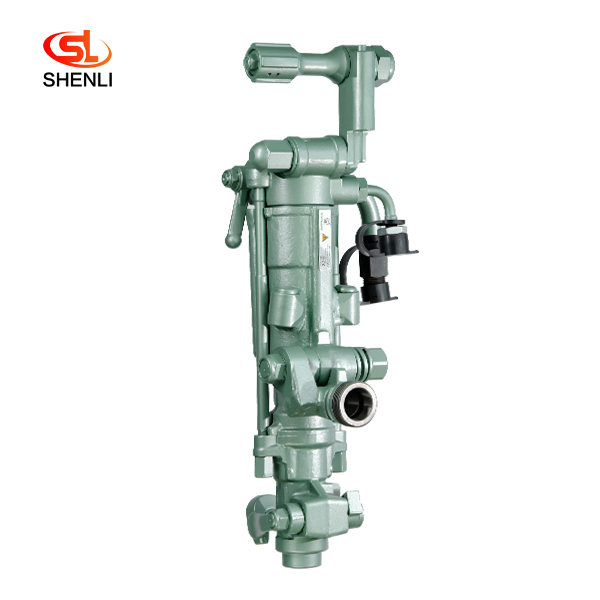
S250 Air Leg Pneumatic Rock Drill Pusher Leg Rock Drill
(S250 jackleg Drill) has been the preferred choice of miners who demand high performance, superior control and lasting reliability. the S250 jackleg allows operators to drill in co […]

Cir Series Dth Bits(Low Pressure) Cir90-90
Down-the-hole (DTH) hammer bits are used with Down-the-hole hammers for drilling holes through a wide range of rock types. In conjunction with DTH hammers, drill hammer bits are de […]
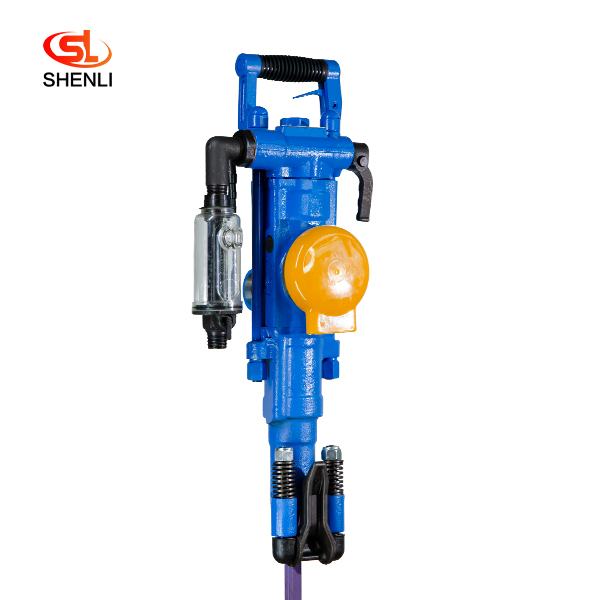
YT27 Air Leg Pneumatic Rock Drill Pusher Leg Rock Drill
The YT27 air-legged rock drill is a highly efficient lightweight rock drill suitable for downward or inclined drilling in medium-hard or hard (f=8 – 18) rock with a diameter […]
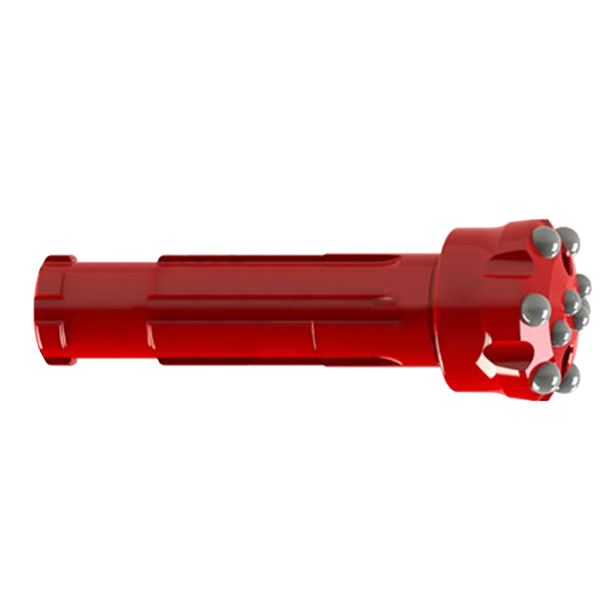
DHD Series DTH Bits(High Pressure) DHD
high pressure drill bit is mainly used in geological exploration, coal mine, water conservancy and hydropower, highway, railway, bridge, construction and construction, etc. Advanta […]
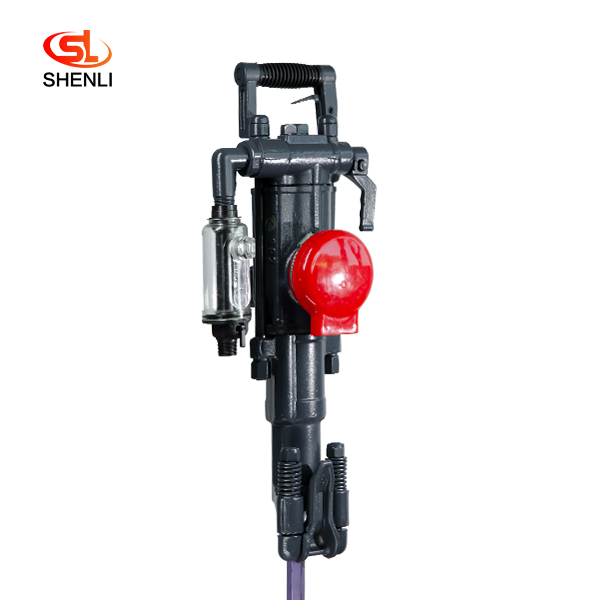
S82 Air Leg Pneumatic Rock Drill Pusher Leg Rock Dril
Model S82 air-legged rock drills are heavy-duty air-legged rock drills with high efficiency and low consumption, which are especially suitable for use in the construction of railro […]
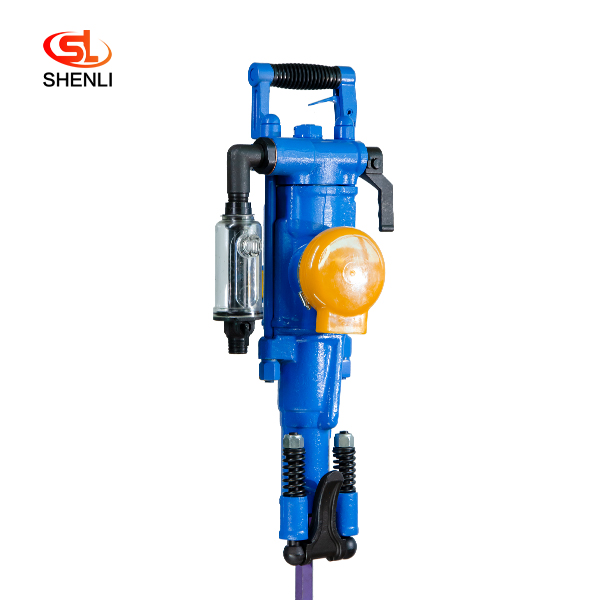
YT28 Air Leg Pneumatic Rock Drill Pusher Leg Rock Drill
The YT28 air-leg rock drill is a kind of high-efficiency, energy-saving and environmentally friendly rock drilling equipment. Compared with similar pneumatic products, the YT28 air […]

Taper Bits
Taper bits, especially Tapered button bits are the most popular tapered drill bits with a wide selection of head diameters from 26mm to 48mm. With carbide buttons cold pressed on t […]
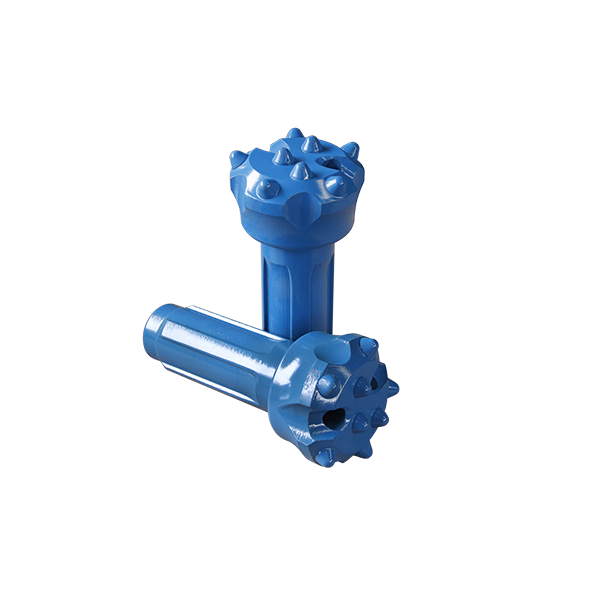
CIR Series DTH Bits(Low Pressure) CIR76-76
Down-the-hole (DTH) hammer bits are used with Down-the-hole hammers for drilling holes through a wide range of rock types. In conjunction with DTH hammers, drill hammer bits are de […]
Post time: 2023-07-08

